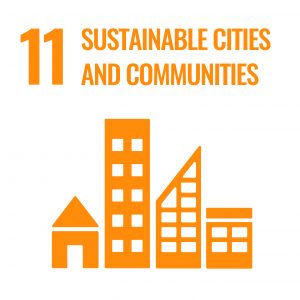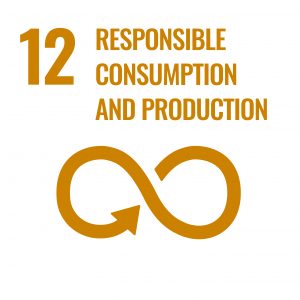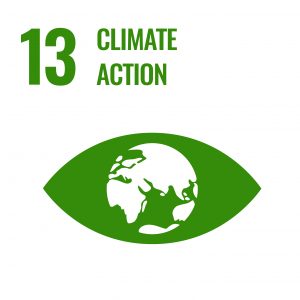Thinking of launching a sustainable clothing business? The market for sustainable fashion is booming in the UK, with close to one-fifth of UK customers having purchased eco-friendly items in 2020. Similarly, some 67% of consumers consider sustainable materials to be a key factor when buying fashion items, so businesses and startup brands have been quick to leverage this fast-growing trend.
But how can you go about setting up a sustainable clothing venture through 2022 and beyond? Here are some tips to keep in mind:

1. Define Your Brands Sustainability Practises
There are many ways in which you can present a sustainable fashion brand, from the raw materials that you import or use to produce clothing to the causes that you contribute to over time.
Each element will need to be baked into your fundamental business model, to ensure that it’s financially sustainable and does not diminish your profitability too significantly over time.
For example, let’s say that you choose to donate a portion of your profits to a chosen charity. This money has to be derived from your profits (as opposed to turnover) as otherwise you’re asking your customers to fund the cause in question, while you’ll have to set a percentage that covers your operational costs and allows for at least a nominal margin.
2. Source Your Materials
The materials that you use to create your sustainable clothing lines will play a critical role in your business, both from a cost perspective and an ethical one.
The key is to source materials that are sustainable, high quality and capable of draping well, while also asking for certifications to prove authenticity. Fortunately, there are several resources to help you search for sustainable fabrics online, including Lenzing, Offset Warehouse, SwatchOn and The New Denim Product. These sites help to streamline the search process by previously verifying and authenticating suppliers, so that you can compare on price and the ethical values displayed by each outlet.
When it comes to reducing the cost of raw materials (which may fluctuate for several market and macroeconomic reasons), as a clothing business, you may want to monitor futures trading in the UK. The business will be able to identify when they want to enter into a futures trading contract with a supplier and ensure that the raw materials are at a fixed cost for the length of the contract rather than the price constantly fluctuating. Not only will this help with forecasting business profits for the future, but allow for easier budgeting, helping to optimise profits in the process.
3. Build a Sustainable Brand Identity
Last, but not least, you’ll need to build a brand identity around your sustainable business model, in order to convey key messages and create a narrative that actively engages customers.
This is particularly important in the contemporary marketplace, as you’ll have to compete with a large number of like-minded brands and create an identity that enables you to stand out from the crowd.
Of course, the identity must be built on several core principles and values, which must also be backed by sustainable practises if you’re to create a genuinely authentic brand.
This is crucial, otherwise customers will grow to mistrust your brand and choose an alternative provider for their clothing.




